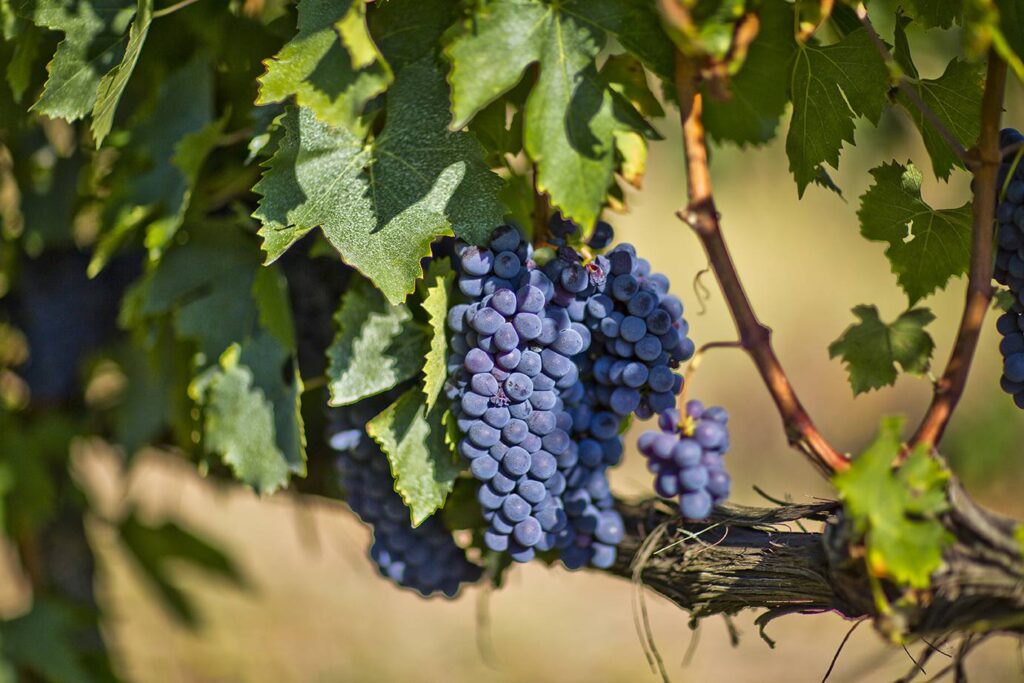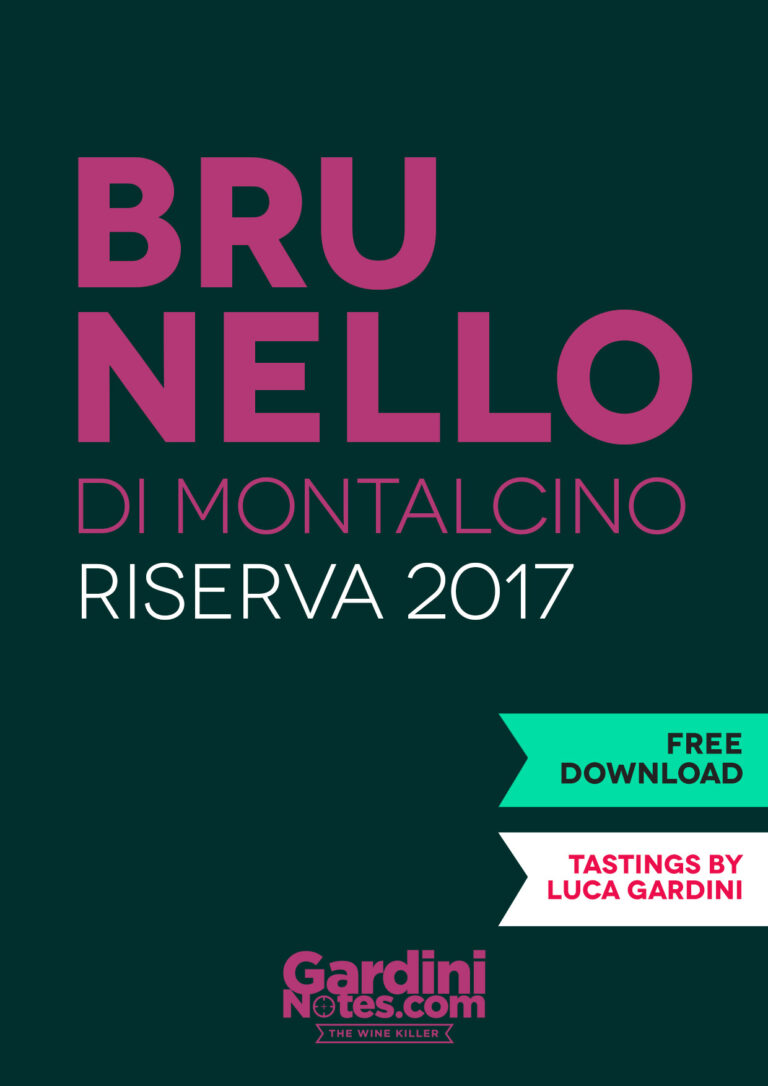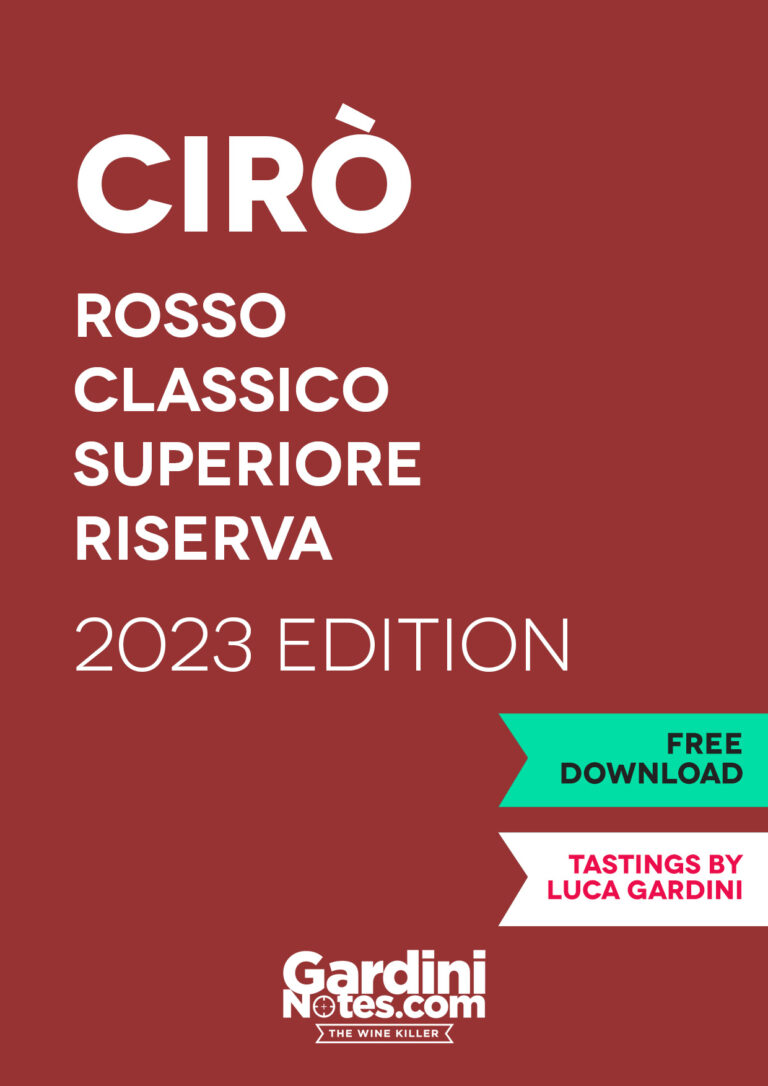Brunello di Montalcino is one of the wine glories of modern Italian oenology. DOCG since 1980, it is produced in Tuscany, in an area located about 40 km south of Siena, precisely in the area of Montalcino, a UNESCO World Heritage Site.

Sangiovese 100%
Vintage 2018

The so-called ‘hill’ of Montalcino consists of about 24,000 hectares, of which about 3,500 are dedicated to the cultivation of the vines. The variety of Sangiovese (here renamed ‘Grosso’), from which Brunello di Montalcino is obtained, is incredibly sensitive to the soils on which it is cultivated.
Montalcino, like the Langhe, has a very rare heterogeneity of soils, exposures and altitudes, the basis of the great quality of its wines. Clay, tuff, limestone and marl, from which Galestro and Alberese derive. The latter two are located at the highest altitudes. The high position of the plants, together with a rich mosaic of variables, have determined the peculiarity of Brunello since its origin.

The plants in the territory of Montalcino grow at altitudes ranging from 100 to 661 meters above sea level. The cultivation area, for climatic and soil homogeneity, can be divided into four sub-zones (quadrants), oriented according to the cardinal directions, then northeast, northwest, southeast and southwest, which have cusps in the locality of Poggio Civitella, precisely 661 meters above sea level, then descend into the different territories of competence. The most used training system is the spur cordon. The climate tends to be dry, although there are some inflections of the continental climate. The nearby Monte Amiata helps mitigate weather events of great intensity. In the winery, Brunello di Montalcino is typically created through a blend of different parcels located in different zones of the cultivation area to ensure a wine which is not too homogeneous nor too different from a single cru. Recently, however, many wineries have developed a concept of viticulture that privileges wines obtained from a single vineyard, beyond the average geographical location, and they started interpreting in their own way a concept of ‘cru’ that will surely represent one of the trends for the future.

Both in winter and spring, 2018 was marked by many intense rains which lasted until June.
August and September as well presented rainy days but in a milder way, while July was dry and warm. There were no heat peaks, only the month of July was more constant while September had lower temperatures with interesting temperature ranges.
The 2018 vintage, in general, could recall 90s’ vintages, or to come to more recent years, the 2008 vintage.
Briefly, it was an important harvest for those who dared and risked by bringing the grapes to full maturity and by sacrificing some bunches.
It is a vintage with great characteristics of longevity, with a Sangiovese that proved to be very territorial, in short, capable of showing all its complexity.
As a result we have wines of beautiful colour, with strong alcoholic content but well balanced by high acidity values, which then result juicy and fresh on the palate. Frank aromas, broad bouquets of scents, while the palate is elegant, with soft and ripe tannins.
Complexity, without losing finesse and territoriality.















